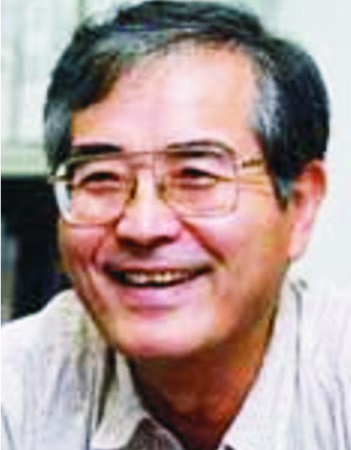Totsuka Tapped as KEK Chief
DOI: 10.1063/1.1510278
Yoji Totsuka will take the reins for a three-year term as director general of the High Energy Accelerator Research Organization (KEK) in Japan. On 1 April 2003, he will replace Hirotaka Sugawara, who plans to return to the University of Hawaii.
Totsuka received his PhD in physics from the University of Tokyo in 1972. Currently the director of the Kamioka Observatory, which hosts Super-Kamiokande, the world’s largest neutrino detector, Totsuka has worked closely with KEK for years. Totsuka says that he accepted the position to help the next generation of physicists reach their potential. “I am honored to be chosen,” he says, “but not particularly pleased, because the job will be a tough one, and I will find little or no time to enjoy physics any more.”
KEK, originally established in 1971, was reorganized in 1997 to promote cooperation among researchers in fields related to accelerator physics. One of the two institutes that emerged from that reorganization, the Institute of Particle and Nuclear Study, is known for the Belle B-factory electron–positron experiment and K2K, a joint investigation into neutrino behavior with the Kamioka Observatory. K2K is picking up the pieces after an accident late last year in which its detectors at Super-Kamiokande imploded (see Physics Today, January 2002, page 22

Totsuka
KMIOKA OBSERVATORY

More about the Authors
Paul Guinnessy. American Center for Physics, One Physics Ellipse, College Park, Maryland 20740-3842, US . pguinnes@aip.org

